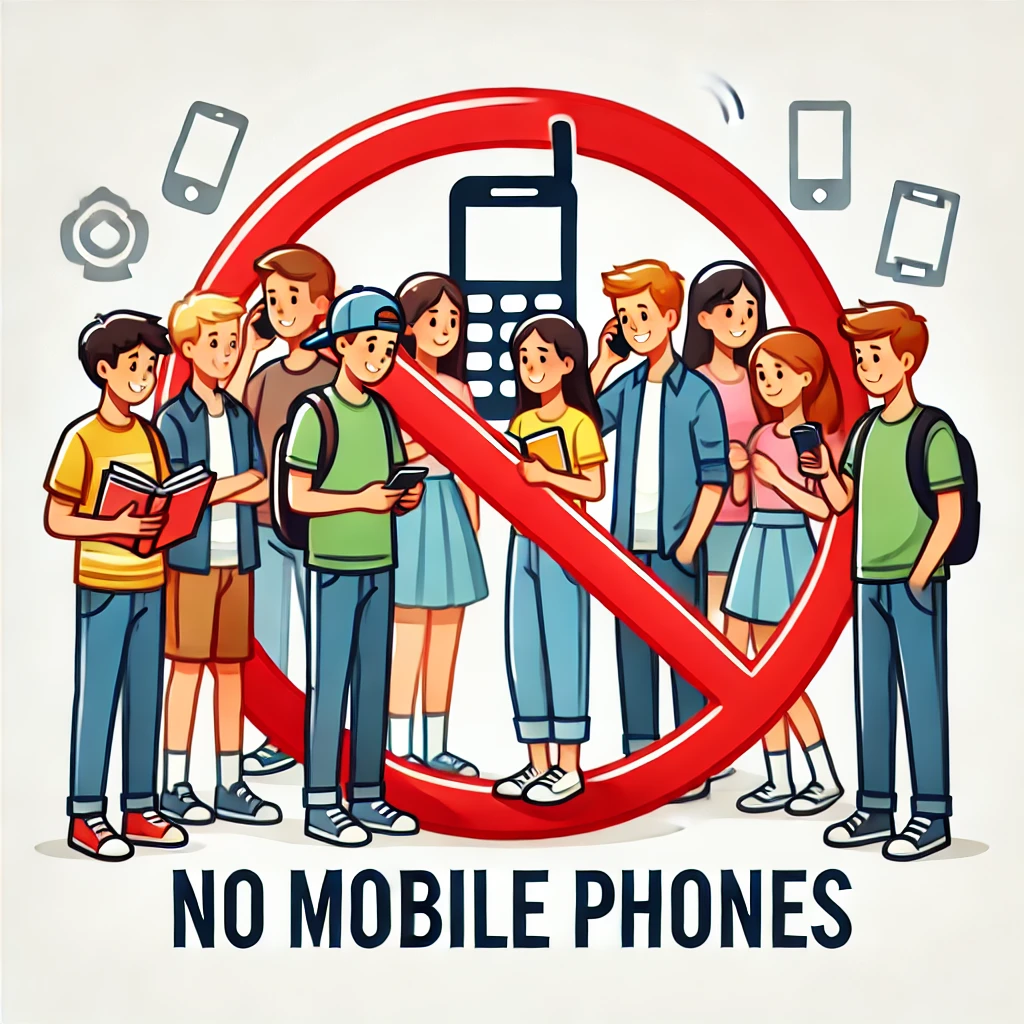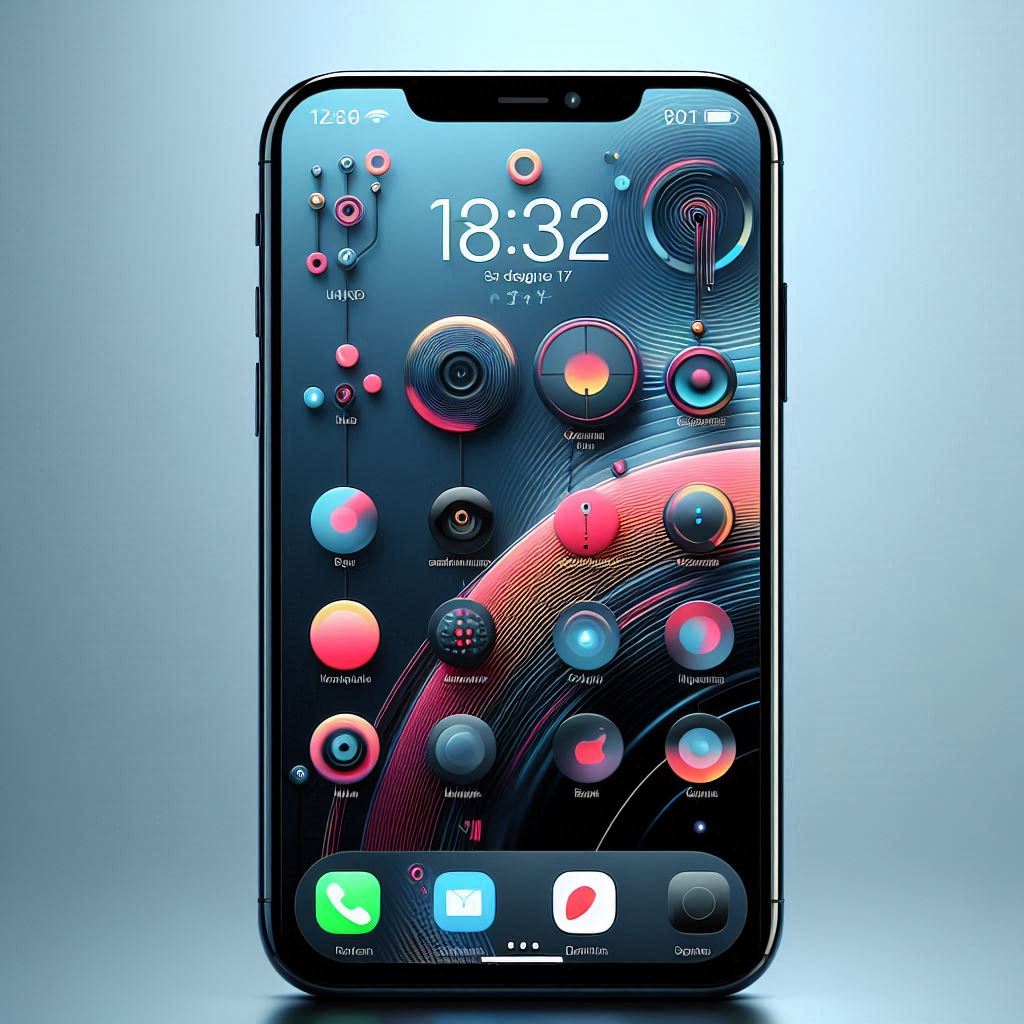In today’s tech-savvy world, limiting access to Cell phones can improve the student’s concentration and social skills
Reading Time: Approximately 7-8 minutes
Table of Contents

Introduction
In today’s tech-driven world, cell phones have become integral to everyday life. For students, smartphones often serve as a tool for learning and staying connected. However, research and expert opinions suggest that limiting access to cell phones could have significant benefits for students, not just academically but also socially. Recent studies have shown that reducing screen time can lead to improvements in grades, social skills, and early childhood development.
In this article, we’ll delve into how limiting access to cell phones impacts students, the benefits, and expert recommendations. The focus will be on fostering healthier learning environments and how parents and educators can balance technology use for younger generations.
The Influence of Cell Phones on Students
Cell phones offer instant access to information, communication tools, and social media. While these devices can be useful for educational purposes, they also pose distractions. Excessive use of cell phones is linked to poor attention spans, reduced face-to-face interaction, and a decrease in academic performance. These negative effects are especially pronounced among students in their formative years.
Key Findings:
- Distraction in the Classroom: Cell phones can pull students’ attention away from lessons, causing them to miss crucial information.
- Impact on Homework and Study Time: Constant notifications and access to games or social media apps disrupt students during homework, making it difficult to focus on assignments.
- Diminished Social Interaction: With more screen time, students are engaging less in face-to-face conversations, which can hinder their ability to develop interpersonal skills.
Benefits of Limiting Cell Phone Use
Experts argue that setting boundaries for cell phone use, especially during school hours, can positively impact various aspects of a student’s life.
1. Enhanced Focus and Academic Performance
One of the most evident benefits is improved academic performance. By removing the distraction of cell phones, students are more likely to concentrate on their studies. Research has shown that schools with policies limiting mobile device usage report higher test scores and improved classroom engagement.
Key Point: Removing distractions allows students to better absorb information, leading to better academic outcomes.
2. Improved Social Skills and Emotional Development
Cell phones, while great for virtual communication, may negatively affect students’ face-to-face social interactions. Limiting access allows students to engage more with their peers, practice social skills, and develop stronger relationships.
Key Point: Real-world interactions are vital for building emotional intelligence, empathy, and conflict-resolution skills.
3. Better Sleep Patterns
Excessive screen time, particularly before bed, has been shown to disrupt sleep patterns. The blue light emitted from screens interferes with the body’s ability to produce melatonin, the hormone that regulates sleep. By reducing cell phone usage in the evenings, students can enjoy better sleep quality, which directly impacts their cognitive functions and school performance.
Key Point: Sleep is crucial for brain development and academic success; limiting screen time can improve sleep hygiene.
Recommendations for Parents and Educators
Both parents and educators play a critical role in guiding students toward responsible cell phone use. Here are a few strategies that can be implemented:
1. Set Clear Boundaries for Cell Phone Use
Establishing rules around when and where students can use their phones is crucial. For instance, restricting phone use during meals, study times, and at bedtime can help reduce dependency.
Actionable Tip: Encourage phone-free periods during family time or create designated tech-free zones at home.
2. Promote Alternative Activities
Encouraging students to engage in physical activities, reading, or hobbies can help reduce their reliance on cell phones for entertainment.
Actionable Tip: Introduce after-school programs or extracurricular activities that don’t involve screens, such as sports, arts, or volunteer work.
3. Use Technology Wisely
Not all screen time is detrimental. Educational apps and learning tools on smartphones can enhance a student’s learning experience. However, it’s essential to ensure that these are used intentionally and not as a way to justify excessive phone usage.
Actionable Tip: Monitor the apps and content students are consuming and offer guidance on using technology for educational purposes.
4. Be a Role Model
Parents and teachers should practice what they preach. If children observe adults frequently using phones, they are more likely to adopt the same behavior. By modeling healthy phone habits, adults can inspire children to do the same.
Actionable Tip: Practice mindful tech use by setting limits for yourself as well. Engage in phone-free activities with children to reinforce the importance of unplugging.
Challenges in Implementing Cell Phone Restrictions
Despite the potential benefits, limiting cell phone use can be challenging. Many students and even some educators argue that cell phones are essential for learning, especially in the digital age where information is often accessed online.
Potential Challenges:
- Resistance from Students: Young people may feel that limiting cell phone use infringes on their independence.
- Dependence on Technology for Learning: Many schools incorporate technology into their curriculum, making it difficult to limit phone use without affecting access to educational resources.
- Parental Concerns: Some parents want their children to have cell phones for safety reasons, particularly for emergencies.
However, these challenges can be overcome by fostering open communication, setting expectations, and gradually implementing restrictions. By showing students the benefits of limited phone use, they may become more willing to adopt healthier habits.
The Future of Cell Phone Use in Schools
As more research emerges, schools and governments worldwide are rethinking their policies regarding cell phones in the classroom. France, for example, implemented a nationwide ban on cell phones in schools for students under 15, aiming to improve focus and reduce screen-related distractions. In the U.S., schools are adopting various strategies, such as phone lockers and digital-free zones, to strike a balance between access to technology and academic focus.
Conclusion
While cell phones have become an essential part of modern life, their impact on student’s academic and social development cannot be ignored. Experts agree that limiting access to these devices during school hours and promoting more responsible usage, can significantly improve students’ grades, social skills, and overall well-being. By setting boundaries and encouraging more face-to-face interaction, parents and educators can help children develop the skills they need to succeed in both the academic and social arenas.
Source: This article references the original report from Fox News, dated September 7, 2024. You can find the full article here.
Content Disclaimer: This article was generated by AI and is for informational purposes only. It is based on a report published by Fox News on September 7, 2024. The opinions expressed are those of the cited experts and sources.
Copyright Statement: © 2024 WebstoryX.com. All rights reserved. This content is copyright-free for personal or educational use but may not be reproduced for commercial purposes without permission from WebstoryX.com.
In case of any suggestions or feedback, contact us.




